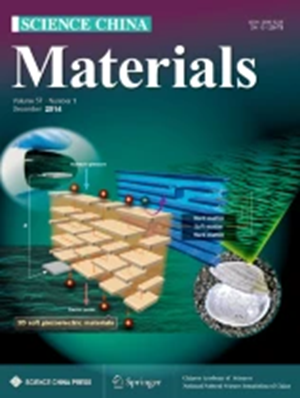Electrolyte additives for extending the operational temperature range of rechargeable lithium batteries
Abstract
Rechargeable lithium batteries (LBs) that can withstand extreme temperatures (high and low, HT/LT) are essential for achieving carbon neutrality. However, the operational reliability of current LBs deteriorates significantly when exposed to these conditions. Electrolyte additives characterized by a small dosage, low cost, and minimal reduction in energy density have been shown to mitigate thermal challenges effectively by regulating interfaces and enhancing ion transport. This review systematically examines the failure mechanisms of electrolytes under HT/LT conditions, including thermally driven side reactions, sluggish ion migration and the formation of an unstable solid electrolyte interphase (SEI). State-of-the-art additives are classified and their working mechanisms, functions, advantages and disadvantages are analyzed. Design principles for advanced additives are proposed, emphasizing the synergistic optimization of oxidative stability at HT and ion mobility at LT. Although these strategies are tailored to lithium-based systems, they offer transferable insights for other metal-based batteries (e.g., sodium/potassium) that struggle with temperature-dependent performance degradation.

 求助内容:
求助内容: 应助结果提醒方式:
应助结果提醒方式:


